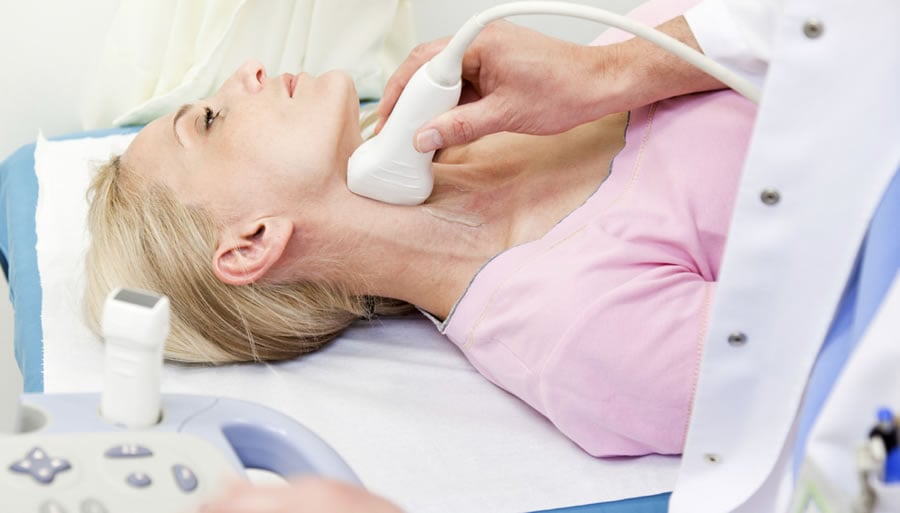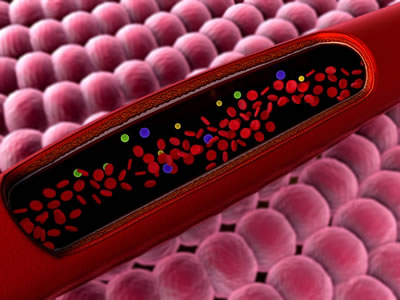What Is A Carotid Ultrasound?
The importance of carotid ultrasounds is not to be overlooked.

The risk factors
Smoking, high cholesterol and high blood pressure are the three main risk factors of stroke, and 49 percent of Americans have at least of these factors, according to the CDC. Eating a healthy diet filled with natural, whole foods, maintaining a healthy weight and engaging in regular physical activity may help to reduce the risk of stroke. Limiting alcohol and avoiding smoking will as well. But prevention also starts with awareness. The National Stroke Association attested that up to 80 percent of strokes are actually preventable.
“Up to 80% of strokes are preventable.”
Stroke begins with atherosclerosis, the build-up of plaque inside of the arteries that are meant to deliver oxygen-rich blood to your heart and other organs, according to the National Heart, Blood and Lung Institute. When this plaque, made up of calcium, fat and cholesterol, hardens over time, it narrows the arteries which then limits the flow of the crucial oxygen-rich blood to the various parts of the body. When this plaque build-up occurs in the coronary arteries it can lead to a heart attack, but when it builds up in the carotid arteries it can lead to a stroke.
When plaque build-up happens in the carotid arteries, it is called carotid artery disease, according to the NSA. This narrowing of the two main blood vessels in the neck – which are responsible for delivering blood to the brain – increases the risk of stroke. However, a test can be done to diagnose this disease.

The carotid ultrasound
More often than not, people are unaware of their risk factor for stroke before it is too late. Today, there is an effective way to look for and identify plaque in the arteries that may be unstable. With a routine carotid ultrasound, a doctor can find out whether or not you have plaque build-up in your carotid arteries and whether or not you are at an increased risk for stroke, according to the NHBLI. Using carotid ultrasounds as a preventative tool can help to identify plaques that could potentially rupture the arteries and lead to serious health problems. At Pritikin, a carotid ultrasound is part of the Heart Health Package. Imaging the major arteries supplying blood to the brain, this relatively simple exam identifies at a highly sensitive location any plaque formation.
A carotid ultrasound is crucial, especially if you have experienced symptoms of stroke in the past. Knowing the numerical results of your carotid artery ultrasound can turn out to be lifesaving as the early detection of threatening plaque can provoke stronger lifestyle changes to eliminate risk factors.